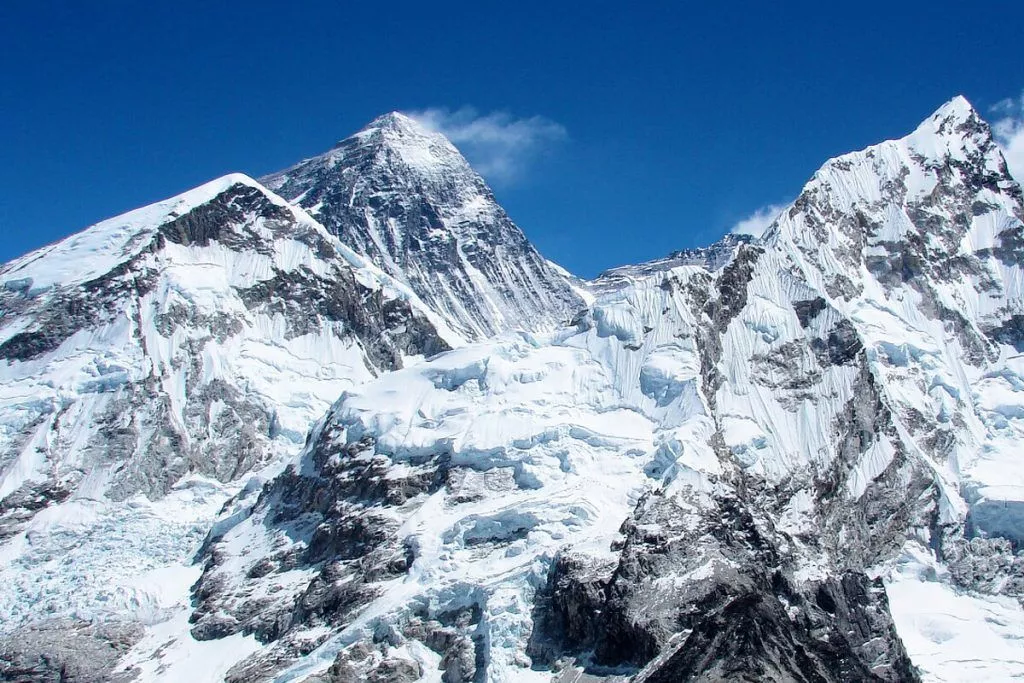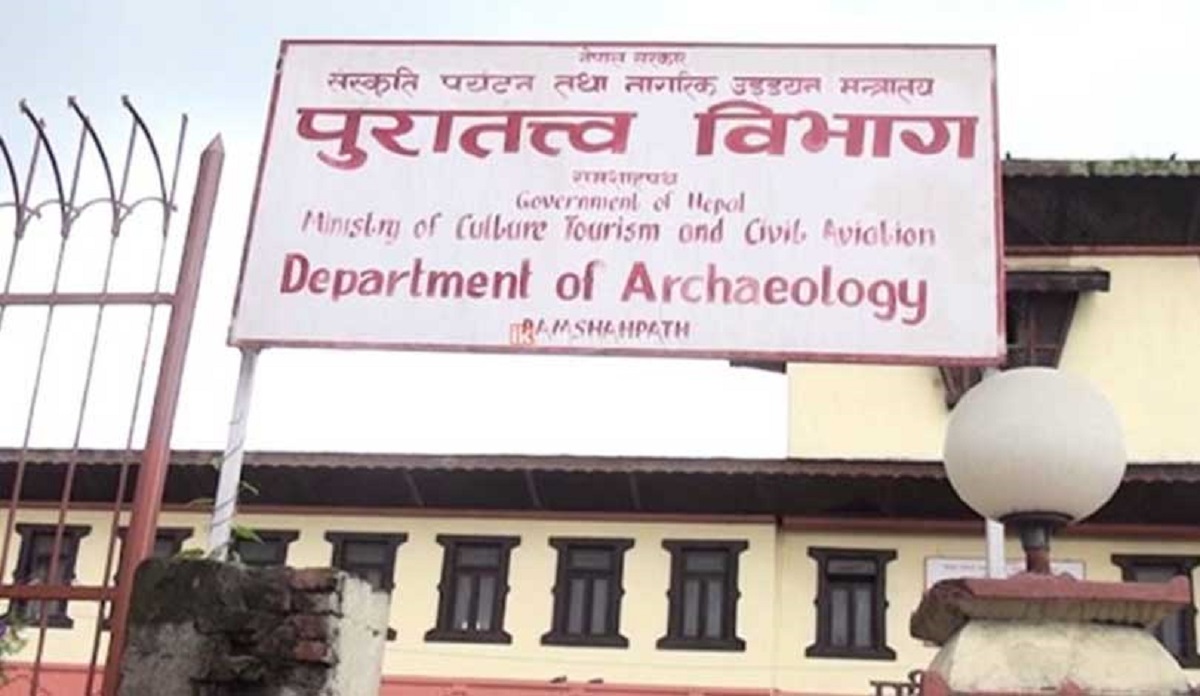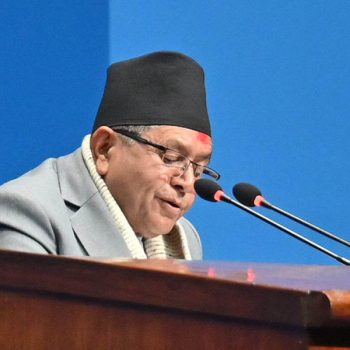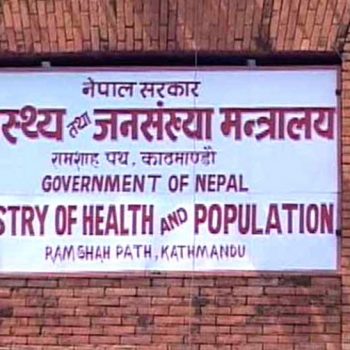Pay heed to high mountain biodiversity, experts suggest
 NepalPress
NepalPress

In the wake of the UN Climate Conference, COP-27, where Nepal government actively participated and put forth mountain issues, and the UN Biodiversity Conference (COP-15) beginning in Canada tomorrow, the experts on climate change and biodiversity have suggested the government that it pays heed to conservation of high mountain biodiversity with comprehensive research.
In a recent Pani Satsang (water discourse) organized by Nepal Water Conservation Foundation (NWCF) in Kathmandu, Head of FreshWater Biology Section at Biology Department of University of Copenhagen, Dr Dean Jacobsen, underscored the need of conducting a thorough research on high mountain biodiversity so that it would be easy for adaptation to climate change.
“Nepal needs to protect alpine quality water sources. We need to know about the main drivers of change in high altitude biodiversity to develop effective adaptation plans and works,” he said, adding that glacier-fed water has high diversity.
Unless we understand how change is occurring, it is difficult to make projections and launch proper intervention. Making a presentation on ‘Biodiversity in High Mountain Waters: Features, Threats and Needs’, Dr Jacobsen suggested the establishment of a monitoring protocol between researchers and government with adequate funds so that research on mountain biodiversity could be sustained.
He further said the high mountain diversity is a least studied issue, but it is time to launch massive study on it as Nepal is a mountainous country and rich in diversity but vulnerable to climate change.
Dr Jacobsn worried over the savage road construction, gravel mining and hydropower dams which were posing serious threats to mountain springs in Nepal.
On the occasion, NWCF Chairperson Dr Ngamindra Dahal said Jacobsen’s research on mountain ecology of water is beneficial to Nepali case as well. He informed that it was the 71st episode of Pani Satsang. As Nepal is in the front row of climate change vulnerability, the lecture on alpine water would help build and transfer knowledge on pressing issues surrounding fresh water, he added. The research and study on high mountain biodiversity would also help shape government policy and efforts on climate change adaptation, he believed.
Similarly, Professor of Science and Environment at Kathmandu University, Bed Mani Dahal, viewed that Kathmandu University was keen on working together with academic institutions like NWCF and expert Jacobsen to amplify the research on water and mountain biodiversity because these areas bear huge significance.
The Himalaya is known as the laboratory of biodiversity.
Jacobsen shared at the programme that he was interested in research on biodiversity in the Langtang Valley of Nepal and encouraged NWCF to carry out the works on it. A British team had conducted basic research on it three decades back, he reminded. RSS












